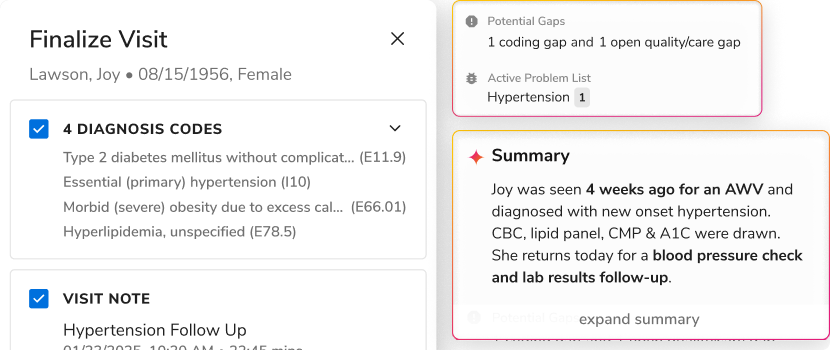Spock’s Brain: How AI Will Really Transform Healthcare
In an outlandish episode titled “Spock’s Brain,” Star Trek’s Chief Medical Officer turned to a conversational AI called “Teacher” to help him perform a risky surgical procedure he’d never done before: transplanting Mr. Spock’s brain.


In an outlandish episode titled “Spock’s Brain,” Star Trek’s Chief Medical Officer turned to a conversational AI called “Teacher” to help him perform a risky surgical procedure he’d never done before: transplanting Mr. Spock’s brain.
Has “Teacher” become reality? The emergence of generative AI tools such as ChatGPT has us imagining a very different world than the one we live in now. There’s no shortage of pundits claiming we’ve turned a corner, predicting how AI will make writers, programmers, lawyers, financial advisors, designers, and all manner of data entry and administrative jobs obsolete.
In this white paper, we explore the facts about generative AI—the positives, the negatives, and the impact—that AI is bringing to healthcare today, what the future might hold, and strategies for using AI in your organization. We cover::
The four layers of AI that health systems must consider
AI's three prime directives for building a strong foundation in healthcare
Starting at Step 7: Where healthcare companies should begin their AI journey
Use cases where AI can solve challenges for both generic and niche health systems

.png)





.png)




.svg)
.svg)